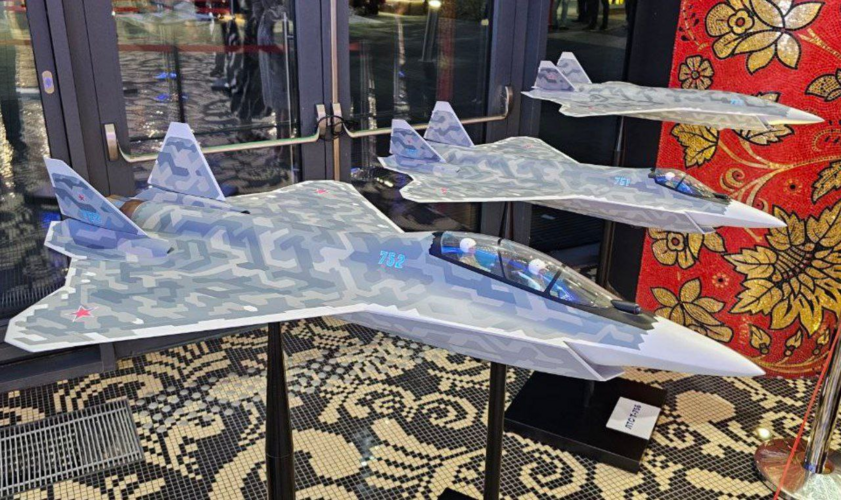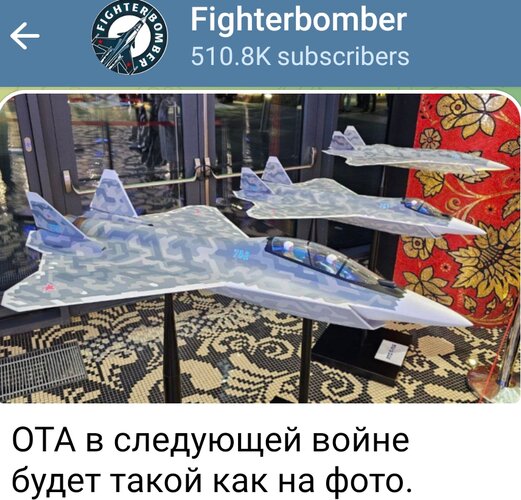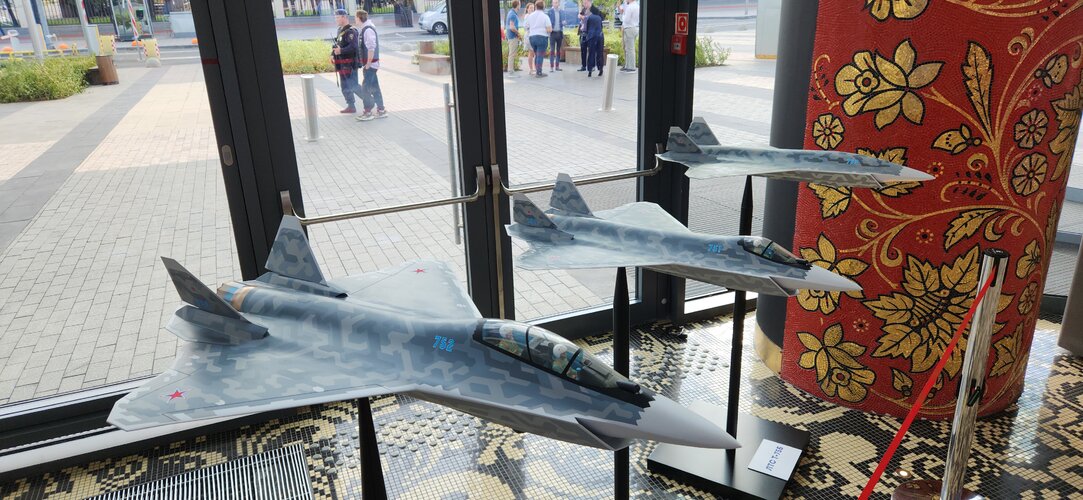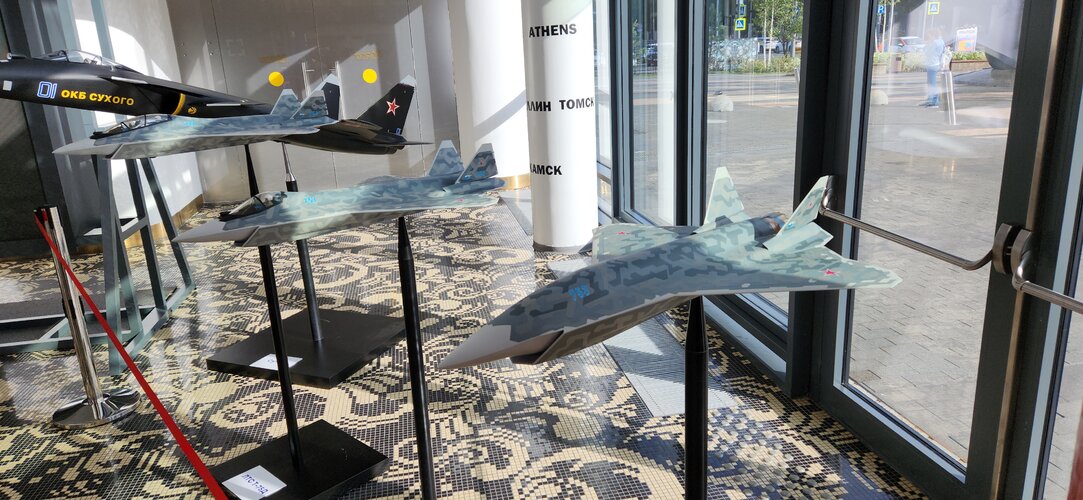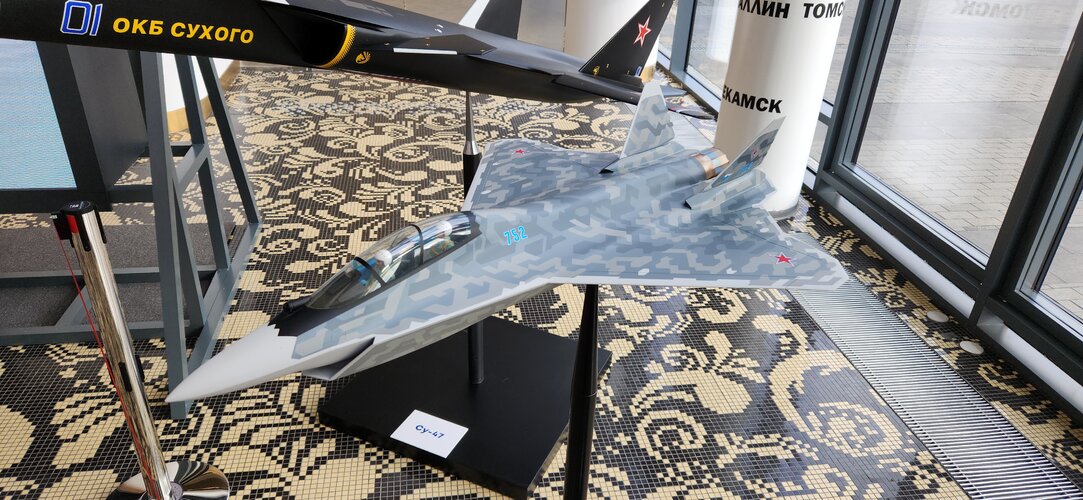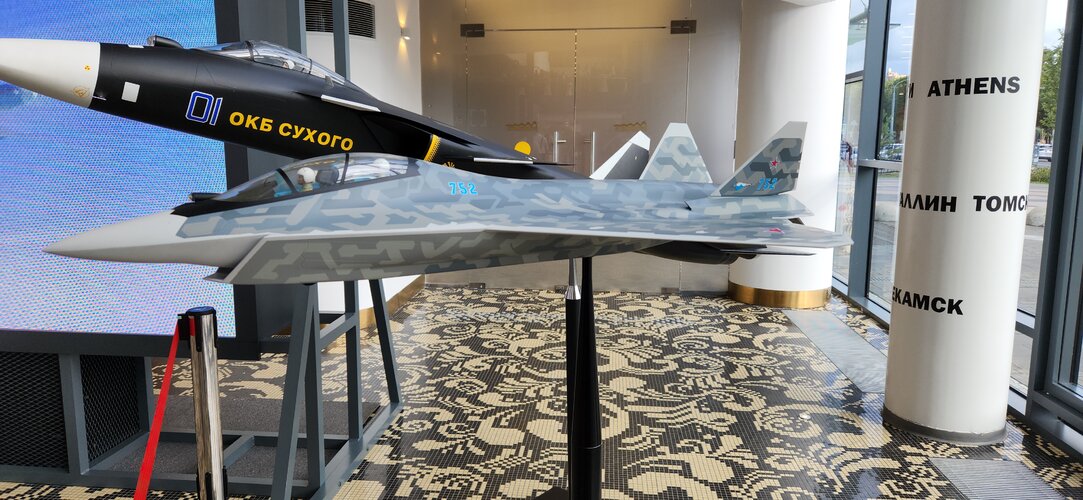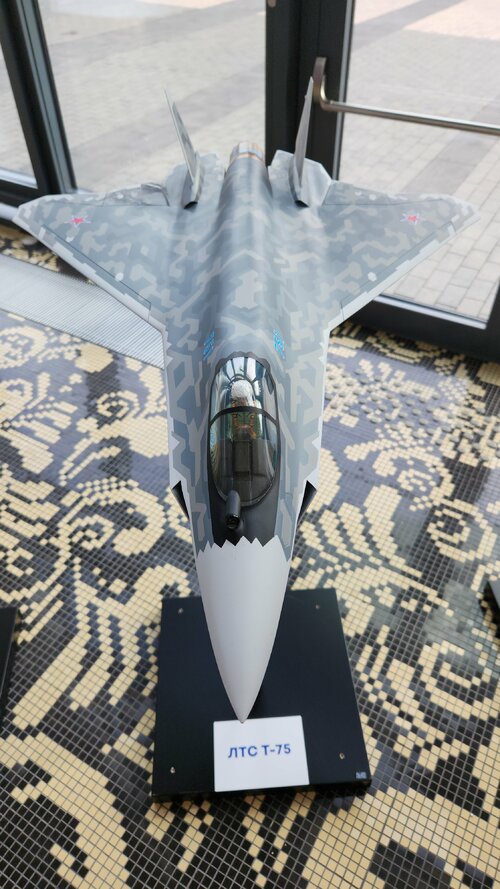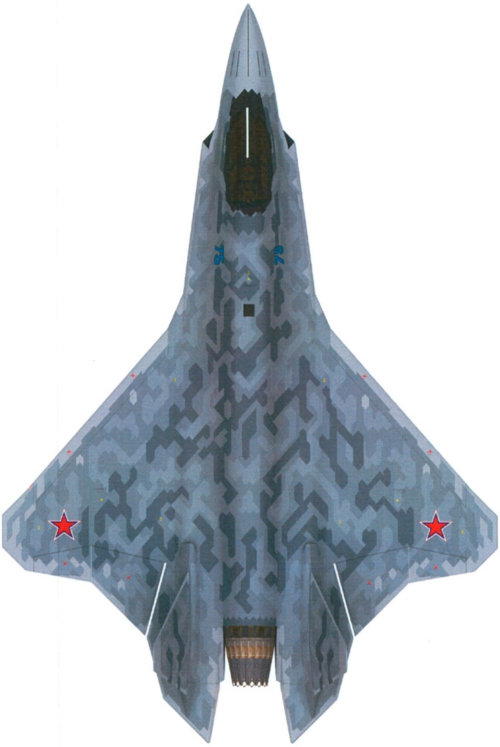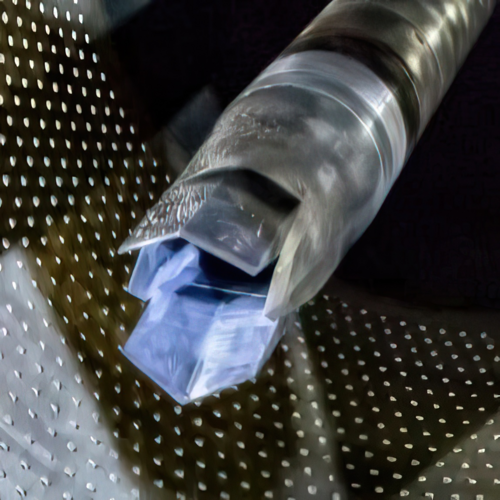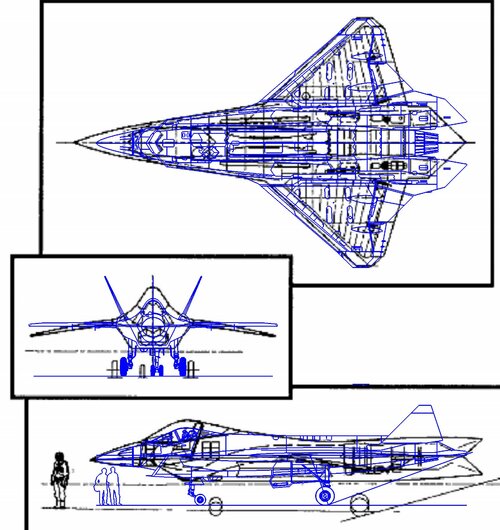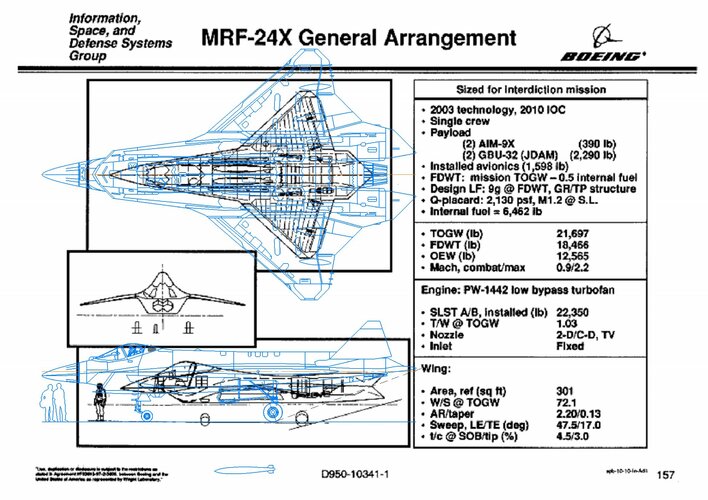Avimimus
ACCESS: Top Secret
- Joined
- 15 December 2007
- Messages
- 2,415
- Reaction score
- 881
Well, they have the S-70 Okhotnik-B project for that purpose. But an LTS derived unmanned drone would provide supersonic dash (which can be useful for supporting a supersonic platform) as a kind-of loyal wingman, and you can sell a manned export version to cover some of the development costs. I think there is a room for both doctrinally.

